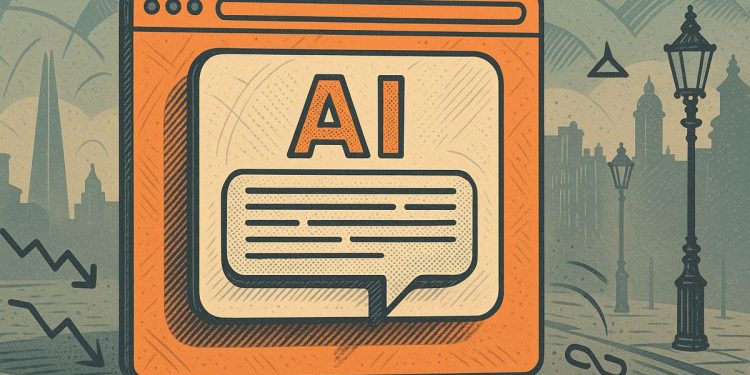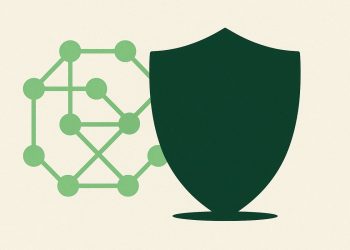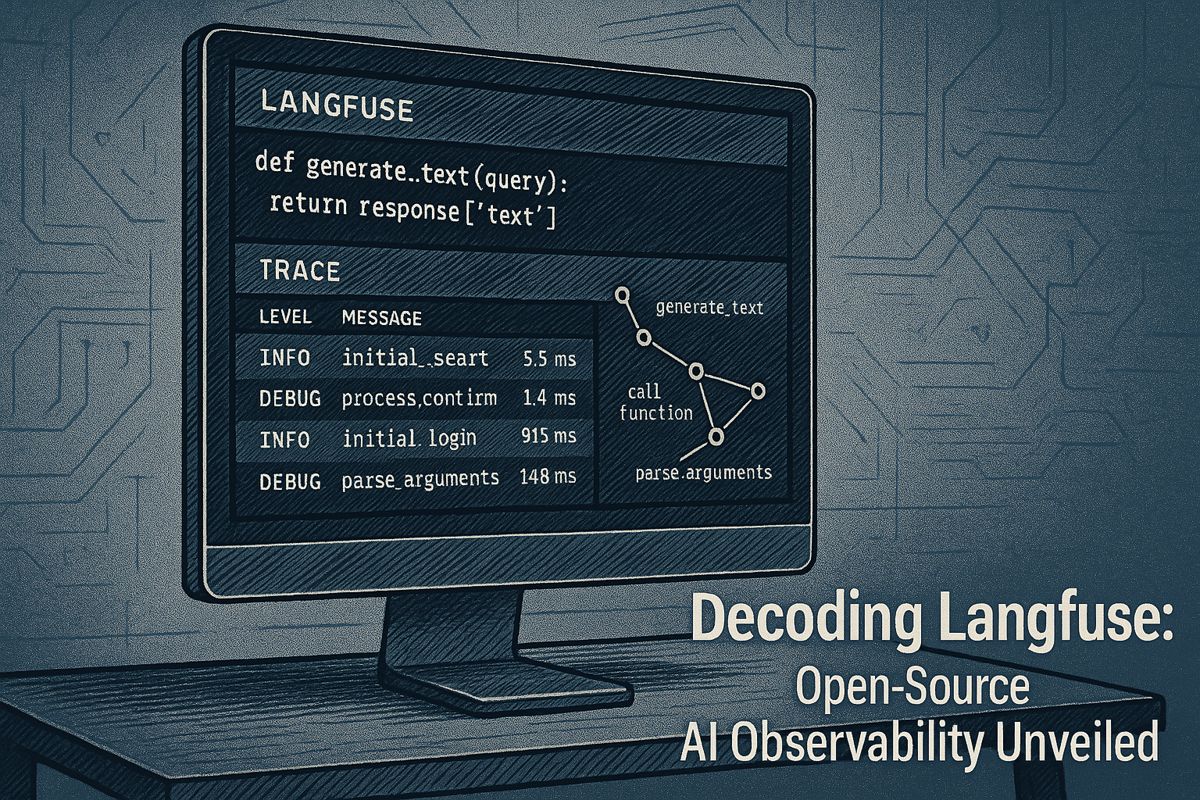Google’s new AI Overviews show quick answers at the top of search results, causing website traffic to drop by more than half for many publishers. Most people now get answers without clicking on links, which hurts news sites, guides, and reviews. Only a tiny number of users click links inside these AI summaries. To survive, publishers are focusing on building direct connections with readers, making money in more ways, and creating local content. Regulators are watching Google closely as new search engines slowly gain ground.
How are Google’s AI Overviews affecting publishers’ search traffic and strategies?
Google’s AI Overviews, now shown atop over 60% of question-based queries, have caused publisher search traffic to drop by 55% since April 2022. As direct clicks decline, publishers are shifting to first-party data, hyper-local content, and diversified revenues to adapt.
Google’s AI Overviews, launched in May 2024, now sit at the top of more than 60 percent of question-based queries, summarizing answers in seconds and sending users on their way without a single click to the original source. The fallout for publishers is immediate and steep:
- Search traffic has fallen 55 percent across the web since April 2022 (Euronews).
- When an AI Overview appears, only 8 percent of users click any traditional link, versus 15 percent when a summary is absent (Pew Research Center).
- Links inside the AI snippets themselves generate a 1 percent click-through rate (Campaign Live).
Traffic shock by content vertical
| Category | Organic-search traffic drop (3-yr period | 2022-2025) |
|——————-|—————————————-|
| Major news sites | –50 to –60 % |
| Holiday guides | –55 % |
| Health tips | –48 % |
| Product reviews | –52 % |
- (source: Similarweb via Euronews)*
Who gets cited in AI Overviews?
A fresh audit shows the news sector represents only 5 percent of all links surfaced, unchanged from traditional search results. Wikipedia, YouTube, and Reddit together account for 15 percent of citations, while government sources are six-times more likely to appear than in classic blue-link results (Fortune analysis).
What publishers are doing right now
- First-party data push – India Today Group built a customer-data platform (“1View”) and lifted effective CPMs by 20 percent in six months.
- Hyper-local pivot – Niche and regional titles are doubling down on localized newsletters and events to bypass volatile search reach.
- Revenue mix overhaul – Events, e-commerce, and syndication now make up 30 to 40 percent of revenue for forward-leaning outlets like Forbes and Business Insider (Digiday).
Regulatory thermometer
- The U.S. Department of Justice is again in court, this time pushing Google to unbundle Chrome and give advance notice of any new generative-AI investments.
- The *EU * filed its third antitrust complaint in July 2025, arguing that AI Overviews “further entrench Google’s gatekeeper role.”
- Apple* * faces collateral risk: a forced end to default-search payments (worth an estimated $20 billion a year**) could arrive as early as mid-2026 if the DOJ prevails.
Early metrics from competing engines
Perplexity and ChatGPT Search together serve just under 10 percent of daily search volume, but their presence has already shaved Google’s global market share to below 90 percent for the first time since 2015 (ContentGrip).
For content teams, the message is blunt: optimizing for inclusion inside AI Overviews is unlikely to restore lost clicks; instead, direct channels and diversified revenue are moving from “nice-to-have” to “mission-critical.”
How are Google’s AI Overviews changing the way people discover news?
Since May 2024, traffic from organic search to major publishers like HuffPost and The Washington Post has more than halved (Similarweb via Euronews). When an AI Overview appears, users click on traditional links in only 8 % of visits – down from 15 % when no summary is shown – and the click-through rate for links actually embedded inside the AI box is a dismal 1 % (Pew, July 2025).
What does this mean for advertising revenue?
With fewer eyeballs reaching publisher sites, display and programmatic ad income is shrinking at the same moment newsrooms are already battling a 55 % overall drop in Google-referred traffic between April 2022 and April 2025 (Similarweb/Euronews). The knock-on effect is straightforward: every lost click is lost ad inventory, compounding the broader decline in digital-ad CPMs.
Is appearing inside the AI Overview a viable alternative?
Unfortunately, no. Data from Digital Content Next show that news organizations make up just 5 % of links inside AI Overviews – identical to their share of classic search results. Wikipedia, YouTube and Reddit together snag 15 % of all citations, while publisher URLs remain flat. In other words, the new format does not rebalance exposure; it simply repackages existing traffic away from original sources.
How are publishers responding to the squeeze?
Forward-leaning outlets are moving fast to diversify both traffic and revenue:
- Direct audience channels: email newsletters, push alerts, and private communities now rival search as top referrers.
- New products: live events, podcasts, niche e-commerce, and syndication deals are growing double-digit percentages year-over-year.
- First-party data: India Today’s Customer Data Platform drove a 20 % lift in eCPM (Google News Initiative case study).
The overarching lesson: reduce reliance on any single gatekeeper, especially as the DOJ explores forcing Google to divest Chrome and end default-search deals by 2026.
Will regulators step in?
Both the U.S. DOJ and the European Commission have opened new fronts in 2025, focusing on how AI Overviews could further entrench Google’s dominance. The EU’s third major antitrust complaint from independent publishers explicitly targets generative-AI features rather than classic ad-tech abuses (Digiday, July 2025). U.S. lawmakers are also questioning Google’s AI partnerships – including its ties to Anthropic – fearing they act as “de-facto mergers” (Senators Warren & Wyden, April 2025). Expect these cases to shape rules on fair compensation and transparency in citation through 2026.



















